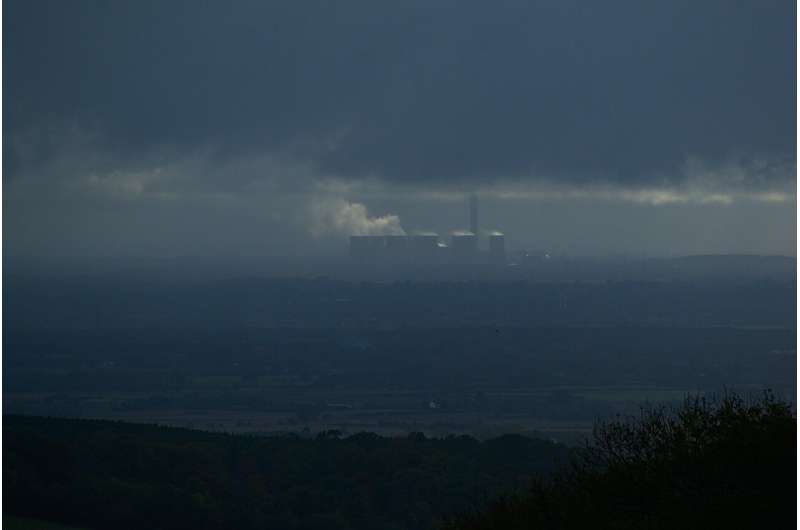This article has been reviewed according to Science X's editorial process and policies. Editors have highlighted the following attributes while ensuring the content's credibility:
fact-checked
proofread
Examining the status and prospects of complex network modeling for energy and carbon emission systems

In the face of the dual challenges of climate change and energy security, conducting in-depth research on energy and carbon emission (E&C) systems has become crucial for nations to address environmental issues and promote sustainable development. The system of E&C is highly interconnected and intricate, encompassing various levels and domains, exhibiting significant spatial and temporal variations.
Consequently, analyzing the complex and intricate relationships within this system poses significant challenges. Fortunately, complex network theory (CNT) offers a promising approach to a deeper understanding of the inherent mechanisms and evolutionary patterns of E&C systems.
A team led by Mei Sun from Jiangsu University in Zhenjiang, China, recently provided a comprehensive overview of the application of complex network models within energy and carbon emission (E&C) systems. This work aims to advance research in this field.
Network modeling of E&C systems involves modeling and analyzing each participant and their interrelationships. This approach offers valuable insights into the structure, operation, and internal mechanisms of these systems. These insights enhance our understanding and facilitate the development of effective strategies for addressing environmental and energy challenges.
The team published their review in Energy and Climate Management on June 18, 2024.
"In this review, we introduce the theoretical basis of complex network models. We then examine the progress of their application in the field of energy and carbon emissions. We explore the trends and hotspots in this field by employing keyword co-occurrence and literature co-citation analysis. Most importantly, we provide an example of renewable energy trade to illustrate the practical application of network modeling.
"This example demonstrates how network modeling can be used to analyze and understand the dynamics of renewable energy trade. Finally, we outline future research directions and challenges, focusing on index interpretation, multi-agent modeling, and integrating multiple methodologies," said Sun, senior author of the review paper and professor at the Institute of Carbon Neutrality Development, Jiangsu University, China.
As complex network theory continues to mature, its practical application in understanding and explaining various complex systems, including energy and carbon emissions, is growing. Complex network modeling provides a robust analytical and research framework for analyzing and forecasting energy and carbon prices, evaluating energy carbon footprints, and optimizing supply chain connections.
"Despite the progress made, there are still several challenges to address in current research. One such challenge is the limited coupling of different types of energy networks, which is essential for constructing more reliable and efficient low-carbon energy transition systems. In addition, exploring network dynamics and time-varying characteristics in current research requires further enhancement to better adapt to the rapid changes in energy markets and policies," Sun said.
More information: Yanzi Guo et al, Complex network modeling for energy and carbon emission systems: Current status and prospects, Energy and Climate Management (2024). DOI: 10.26599/ECM.2024.9400004


















